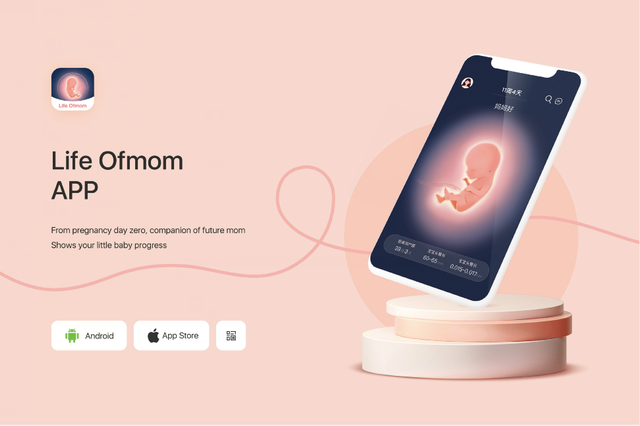Gestational
diabetes mellitus (GDM) is a fairly common pregnancy complication. Many
mothers-to-be tend to have a misconception about being invulnerable to GDM. Yet
the truth is, if they have themselves tested, the result will show that their
blood sugar level is too high.
GDM has two
types. One is diabetes diagnosed before pregnancy, or pre-pregnancy
diabetes mellitus and the other is diabetes diagnosed
due to pregnancy without preexisting diabetes. Based on clinically
characteristics of pregnant women with GDM, over 80% patients have the second
type. In fact, there is no need to worry too much. In most cases, GDM can be
under good control through standard medical nutrition therapy.
A high level of
blood sugar is mainly associated with insensible diet, overweight, family
history of diabetes, pregnancy at an older age, production of insulin inhibited
by hormones and other factors. If you don’t want to have high blood sugar, you
should take heed of the above factors. Yet generally speaking, an illness finds
its way into by the mouth. Insensible diet is the common contributor to high blood
sugar. High-calorie and high-fat food stimulates the secretion of insulin. When
it’s too much for pancreatic islets, insulin secretion fails to meet the needs of the body of a mother-to-be, causing high blood sugar
during pregnancy.
Therefore,
pregnant women should control their sugar intake and choose low-sugar
vegetables such as cucumbers and tomatoes. Fruits can be eaten between two
meals so as to delay the rise in blood sugar but also to have satiation conducive to blood sugar control. Miscellaneous grains are recommended
as the staple food. They can easily satisfy hunger and are easy to digest,
which is helpful in blood sugar control. The intake of meat, eggs and milk
should be guaranteed. Pregnant women should also eat more food rich with
cellulose and vitamins such as vegetables. Moreover, try to eat small, frequent
meals—it would be better to have three big meals and three
small ones a day and digest food as thoroughly as possible. This can help control
blood sugar effectively.
In addition, pregnant women should
control their weight. A rapid increase in weight during the later stage of
pregnancy can result in obesity in pregnancy which in turn may lead to high
blood sugar. Meanwhile, appropriate exercise can be effective in blood sugar control.
Pregnant women can do yoga indoors or engage in outdoor activities like a walk
after dinner. Workouts which are relaxing and not vigorous are suitable.

Other than that, it would be
better for pregnant women to have their blood sugar monitored everyday and
collect their real-time blood sugar data in case of medical treatment. Life
Ofmom—a parenting media service platform has developed and introduced a
mother-child service APP with blood sugar management function. Catering to
stages of pregnancy preparation, pregnancy and parenting, the APP provides
detailed guidance on how to self-monitor blood sugar in daily life and protects
pregnant women against the risks associated with GDM.
The blood sugar management
function of Life Ofmom APP has a risk assessment and alert mode. It will
conduct risk assessment based on important body indices such as blood pressure,
blood sugar level and weight. If the indices are lower or higher than the
specified minimum or maximum number, it will send an alert and suggest remedial
measures to patients for timely adjustment in their blood sugar level,
rendering it more convenient for users to manage their blood sugar.
GDM is not a
minor ailment. Pregnant women and their family members should pay careful
attention for the sake of the health of the mother-to-be and that of the baby.
If diet and exercise fail to lower the blood sugar level, pregnant women should
seek for professional help immediately and receive medication under the
guidance of a doctor.
Source: One
Daily
